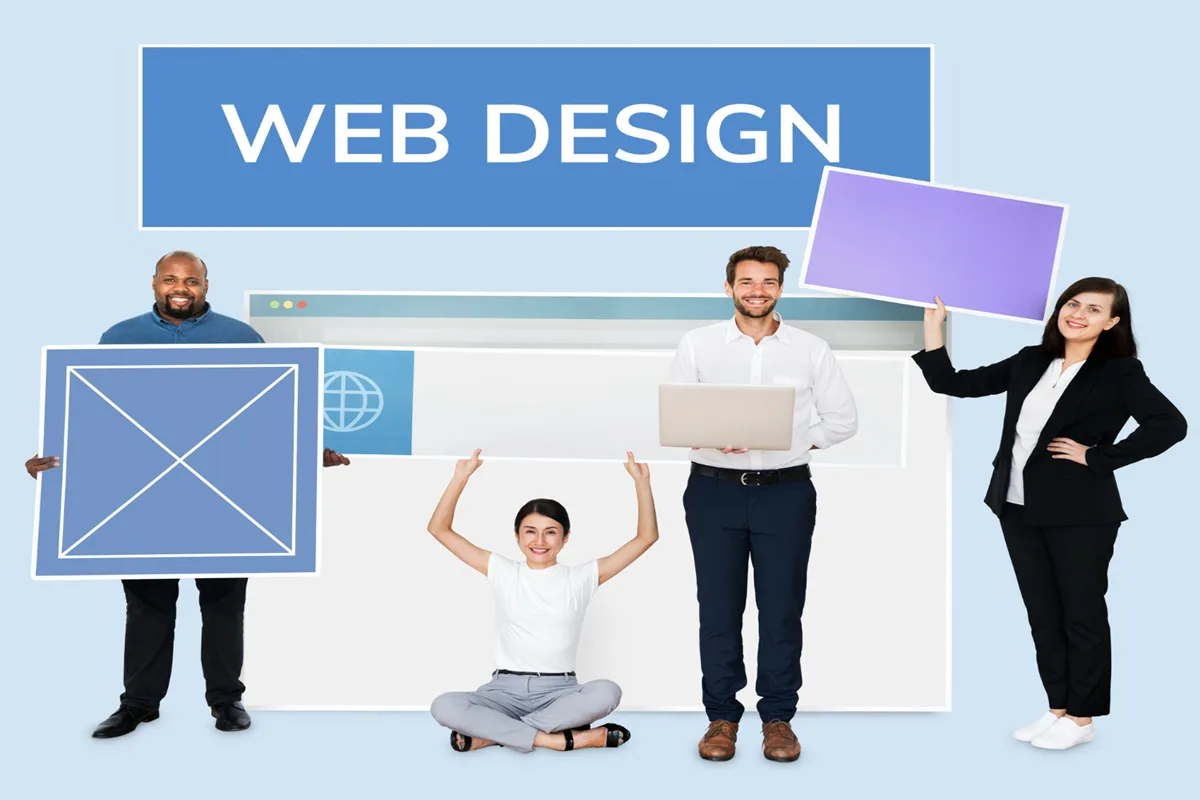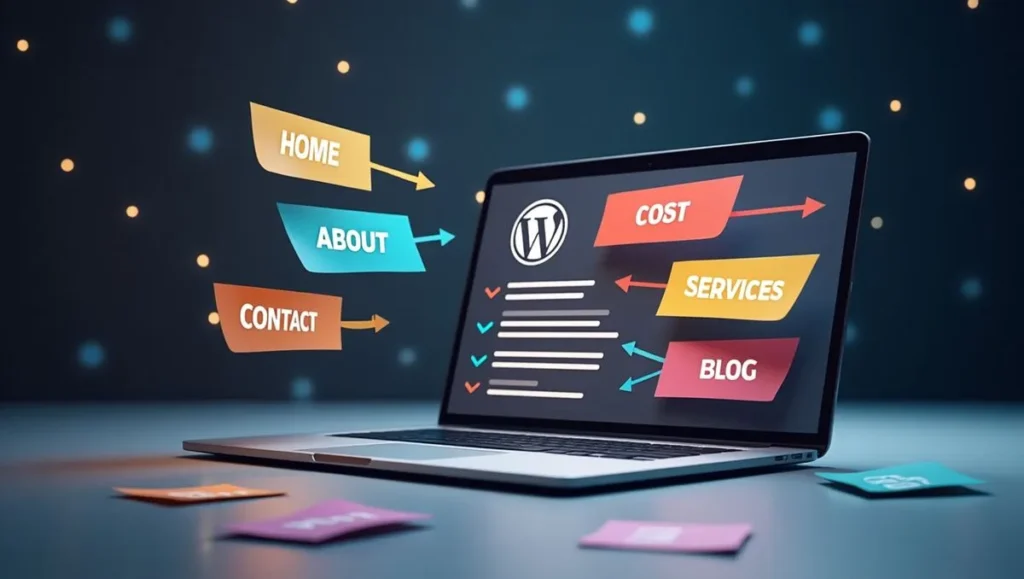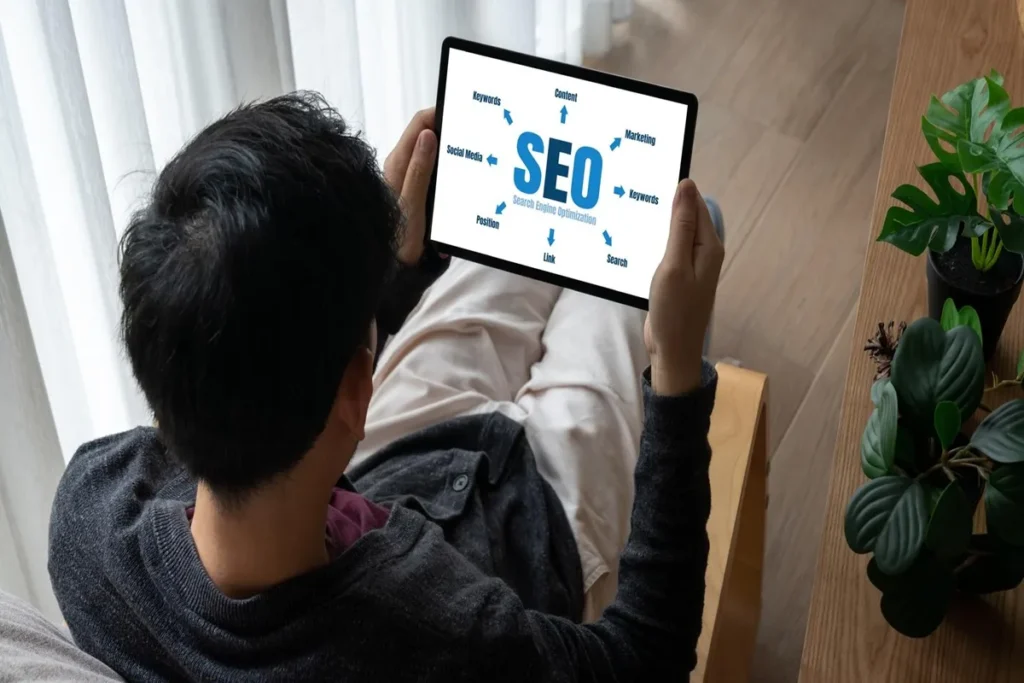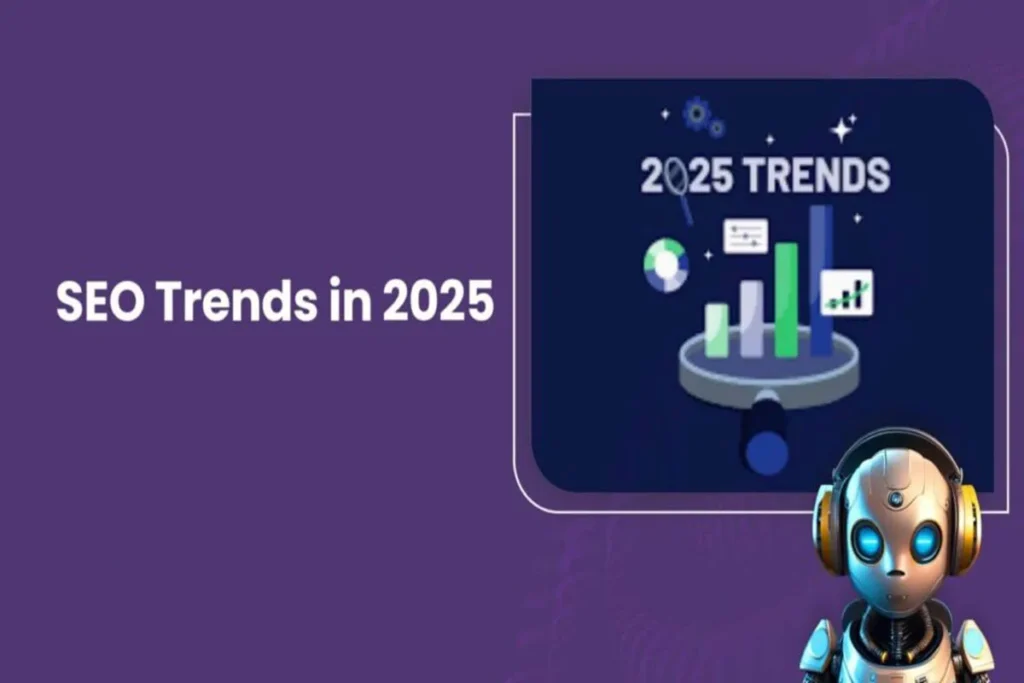Imagine a website that seems alive, changing with your actions. Welcome to web design in 2025, where websites are more than just pages. They’re smart, interactive spaces that know what you need.
Technology is moving fast, and web design is changing with it. It’s not just about looks anymore. It’s about making digital experiences that really connect with people. New design trends mix the latest tech with creativity that focuses on people.
Your online presence in 2025 is more than a website. It’s a place that changes to tell your story. It’s easy to navigate and looks amazing, almost magical.
Key Takeaways
- Web design has evolved beyond static interfaces
- Technology drives more personalized user experiences
- Innovative design trends prioritize interaction and intelligence
- User expectations are reshaping digital landscapes
- Creativity and technology merge in web design
The Evolution of Web Design in 2025
Web design is on the verge of a big change. Digital spaces are evolving, and designers are taking bold steps. They’re changing how we interact and see websites.
The digital world is going through a huge change thanks to AI in web design. New technologies are changing how websites talk to us and adapt to our needs.
How AI is Reshaping Digital Aesthetics
Artificial intelligence is a big deal for making websites more personal. AI tools now:
- Generate adaptive color palettes
- Create responsive layout suggestions
- Predict user interaction patterns
- Automate complex design processes
The Shift from Traditional to Modern Design Principles
Modern design puts the user first, aiming for easy, smooth experiences. Old, strict designs are being replaced by flexible, interactive ones.
| Traditional Approach | Modern Design Principles |
|---|---|
| Static layouts | Dynamic, adaptive interfaces |
| One-size-fits-all design | Personalized user experiences |
| Limited interactivity | Intelligent, responsive interactions |
Impact of User Behavior on Design Evolution
User behavior is pushing web design forward. Designers use real-time data and machine learning to make digital experiences smarter and more intuitive.
“Design is no longer about making things look beautiful, but about creating intelligent, responsive systems that adapt to user needs.” – Leading UX Strategist
Immersive 3D Elements and Virtual Experiences
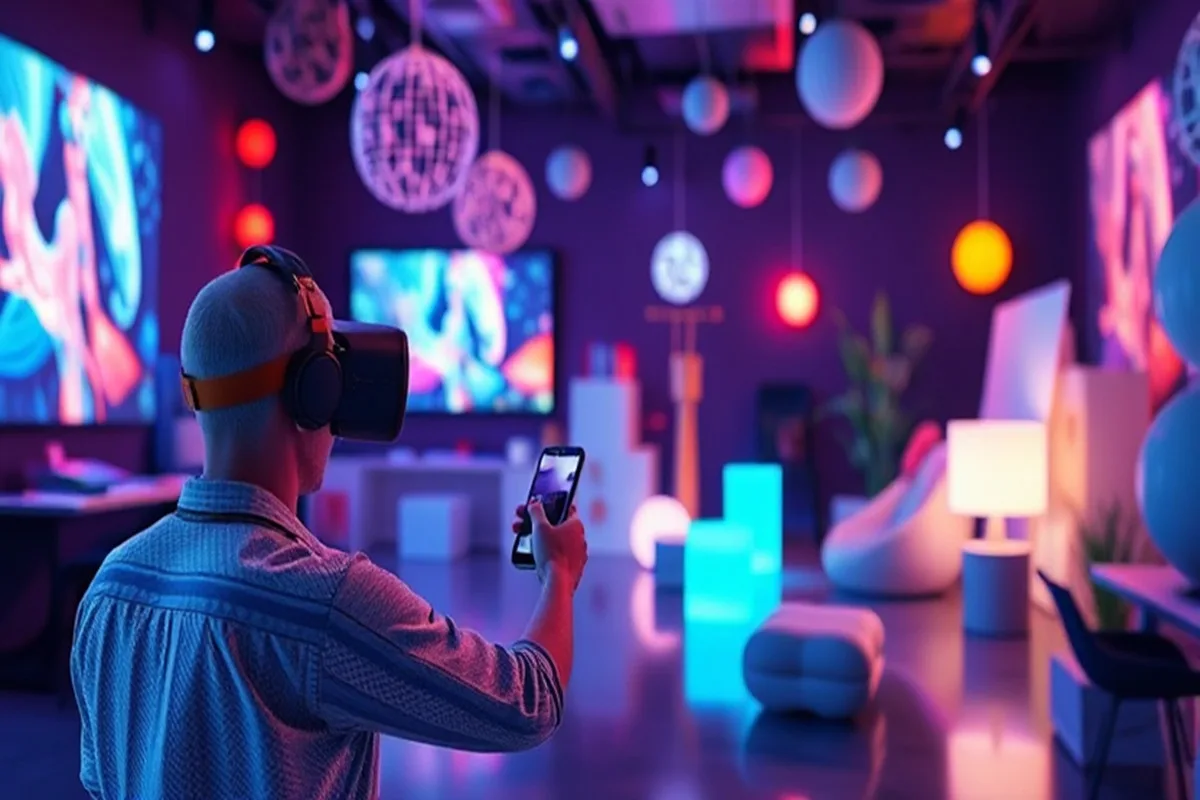
Web design is changing fast with 3D web design and virtual reality. Your online experiences are moving beyond flat screens. Designers are making websites that feel real, mixing the digital and physical worlds.
Virtual reality in web design brings new ways to tell stories and show products. You can see products from all sides, walk through buildings, and interact with content in new ways.
“3D design transforms websites from static pages to dynamic, interactive environments.” – Design Innovation Magazine
- Create depth and engagement through 3D modeling
- Enhance product presentations with interactive visualizations
- Develop virtual tours and immersive experiences
- Implement realistic textures and lighting effects
When using 3D web design, keep these things in mind:
- Make sure it loads fast
- Work well on all devices
- Keep it accessible for everyone
- Don’t let it get too complicated
Big names like Nike, IKEA, and car companies are using virtual reality. They’re making next-generation digital experiences. You can make your website a journey by using these 3D design tricks.
Sustainable and Eco-Conscious Web Design
The digital world is changing for the better. Web designers are now focusing on eco-friendly web design. This helps reduce the internet’s carbon footprint. Your website can look great and be good for the planet.
Sustainable web development is key for today’s digital creators. The internet uses a lot of energy. Data centers and digital infrastructure add to global carbon emissions.
Green Hosting Solutions
Choosing the right hosting provider is important. Green web hosting providers offer:
- 100% renewable energy-powered servers
- Carbon offset programs
- Energy-efficient data centers
Energy-Efficient Design Practices
Make your website fast and green with these tips:
- Minimize image and video file sizes
- Use efficient coding practices
- Implement lazy loading techniques
Carbon-Neutral Web Development
| Strategy | Environmental Impact |
|---|---|
| Optimized Code | Reduces server energy consumption |
| Clean Design | Minimizes data transfer |
| Carbon Offsetting | Neutralizes remaining emissions |
By using eco-friendly web design, you can make websites that are both beautiful and green.
“Every byte matters in our fight against climate change.” – Digital Sustainability Expert
Voice-Activated Interfaces and Navigation
Web design is changing fast with voice user interface technologies. Now, voice-activated navigation is a real part of our lives. It’s changing how we use websites and apps.
Speech recognition in web design has gotten much better. It makes using websites easy and natural. Users can now talk to websites like they’re talking to a friend.
“Voice interfaces are not just a trend—they’re a fundamental shift in human-computer interaction.” – Tech Innovation Quarterly
- Enhanced accessibility for users with mobility limitations
- Faster information retrieval through voice commands
- Multilingual support expanding global user engagement
- Reduced cognitive load during website navigation
To make voice-activated navigation work, you need smart algorithms. Web designers must create voice commands that get what you mean. They need to understand the context and your goals.
| Voice Interface Feature | User Benefits | Implementation Complexity |
|---|---|---|
| Contextual Understanding | Precise Result Matching | High |
| Multilingual Support | Global Accessibility | Medium |
| Natural Language Processing | Intuitive Interactions | High |
As tech gets better, voice user interfaces will too. They’ll make web experiences more personal and interactive. Keeping up with these changes is key to staying ahead online.
Neuomorphic Design and Tactile Interfaces
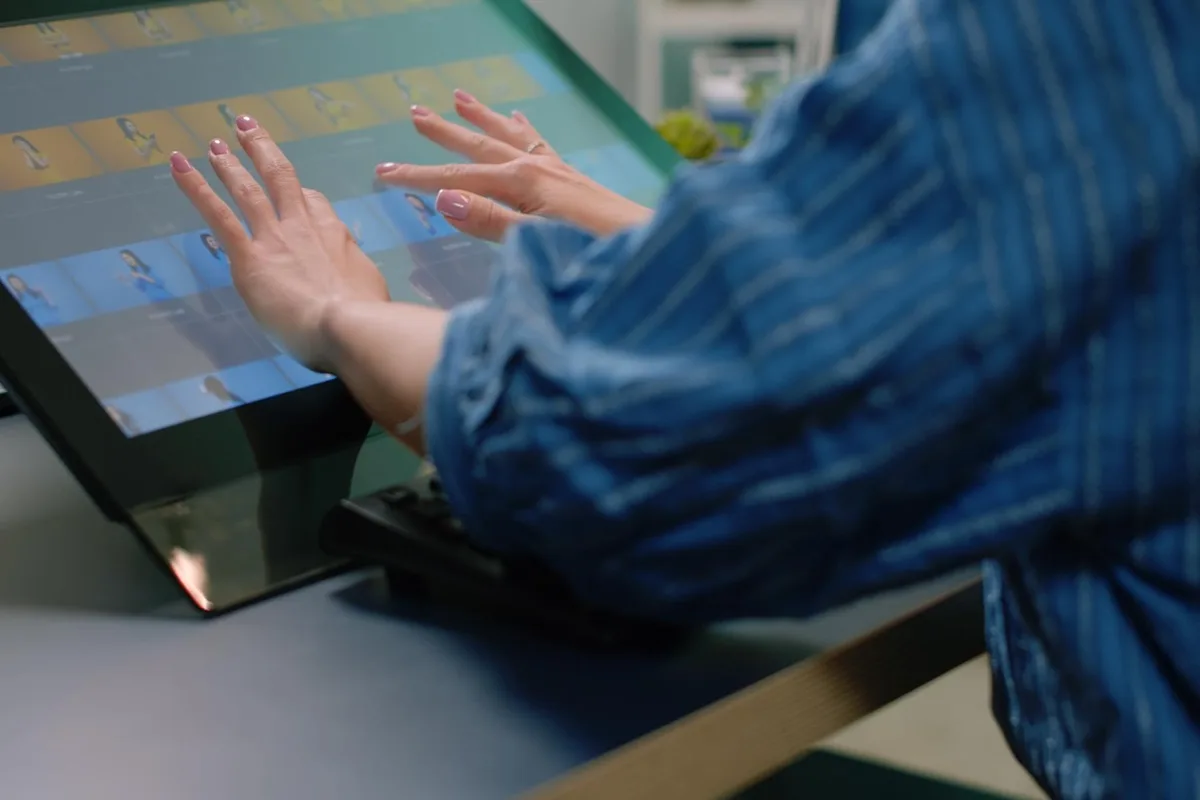
Web design is getting more exciting with sensory experiences. Neuomorphic UI is changing digital interactions, adding depth and realism. It makes online experiences feel more real and engaging.
Tactile web design is changing how we use digital platforms. Designers add soft shadows and textures to make interfaces feel like real objects. This makes digital experiences more immersive and natural.
Soft Shadows and Realistic Textures
Neuomorphic design focuses on small details. Designers create interfaces with:
- Gentle, realistic shadows
- Textured background elements
- Depth-creating visual techniques
Physical-Digital Integration
Haptic feedback in web interfaces is changing user interaction. This technology lets websites give tactile responses. It makes digital experiences feel more real.
| Design Technique | User Experience Impact |
|---|---|
| Soft UI Elements | Enhanced Engagement |
| Realistic Shadows | Improved Depth Perception |
| Haptic Interactions | More Intuitive Navigation |
Haptic Feedback Implementation
Neuomorphic design isn’t just about looks—it’s about feeling. By adding subtle vibrations and touch-responsive elements, websites connect with users in a deeper way. Your digital experience becomes more than just visual—it becomes truly interactive.
“Design is not just what it looks like and feels like. Design is how it works.” – Steve Jobs
Micro-Interactions and Dynamic Content
Web design in 2025 has changed how we interact online. It uses micro-interactions to make websites more engaging. These small digital moments make websites feel alive and respond to us in cool ways.
Interactive web elements do more than look good. They help us navigate websites smoothly. They make sure our online journey is easy and fun.
“Micro-interactions turn mundane digital interactions into delightful moments of user engagement.” – Design Innovation Magazine
- Enhance user experience through subtle animations
- Provide visual feedback for user actions
- Create intuitive navigation pathways
- Improve overall website interactivity
Dynamic content creation has changed how we see personalization. AI now makes content that fits what we like and how we act. It’s all about making our online experience better.
| Micro-Interaction Type | User Experience Impact |
|---|---|
| Button Hover Effects | Immediate Visual Feedback |
| Scroll Animations | Enhanced Page Exploration |
| Form Input Validations | Instant Error Correction |
By using smart micro-interactions and dynamic content, websites can offer better, more personal experiences. This keeps us coming back for more.
Conclusion
The world of web design is changing fast. As you look at 2025 design trends, remember that great digital experiences mix new tech with what users need. It’s not just about cool features, but making real connections between brands and people.
Today’s web design includes AI, 3D experiences, and green tech. To make your online presence shine, use these new trends wisely. Keep your focus on how well it works, if everyone can use it, and if it keeps users interested.
To stay on top in the fast-changing digital world, keep learning and being open to new ideas. Try out things like neuomorphic interfaces and voice navigation. But always think about what your audience wants. The best sites will mix new tech with easy-to-use designs.
As we get into 2025, web design will keep pushing limits. Be ready to adapt, curious, and know your users well. Go with these big changes, but always aim to make digital experiences that are fun, useful, and truly connect with people.
FAQ
What are the most innovative web design trends for 2025?
The top trends for 2025 include AI-powered personalization and immersive 3D elements. Voice-activated interfaces and neuomorphic design are also key. Sustainable web practices and dynamic micro-interactions will enhance user experience.
How is artificial intelligence changing web design?
AI is changing web design by making user experiences more personal. It creates dynamic content and intelligent navigation. AI also automates design processes, making interfaces smarter and more adaptive.
Are 3D elements becoming more common in web design?
Yes, 3D elements are becoming more popular. They offer immersive experiences through virtual tours and interactive product showcases. This transforms traditional 2D interfaces into dynamic, interactive environments.
What is neuomorphic design?
Neuomorphic design features soft shadows and realistic textures. It makes interfaces feel like physical objects. This creates a more intuitive and tactile digital experience.
How are websites becoming more sustainable in 2025?
Web designers are using green hosting and energy-efficient design. They aim to reduce carbon footprints and create carbon-neutral websites. This maintains high performance while minimizing environmental impact.
What role do voice interfaces play in modern web design?
Voice interfaces are changing web navigation. They offer hands-free interaction and improve accessibility. Advanced speech recognition and natural language processing technologies enhance user experiences.
What are micro-interactions in web design?
Micro-interactions are subtle animations and dynamic elements. They provide immediate feedback and guide user navigation. These elements make websites feel more responsive and enjoyable.
How important is accessibility in 2025 web design?
Accessibility is very important. Designers focus on creating inclusive experiences. They ensure voice navigation, screen reader compatibility, and interfaces work across different devices and abilities.
Can sustainable web design improve website performance?
Yes! Sustainable design practices lead to faster, more efficient websites. They optimize code, reduce server resources, and improve user experience. This also minimizes environmental impact.
How are haptic technologies being integrated into web design?
Haptic technologies are making web experiences more immersive. They add touch and physical feedback mechanisms. This allows users to interact with digital interfaces in more intuitive and sensory-rich ways.

